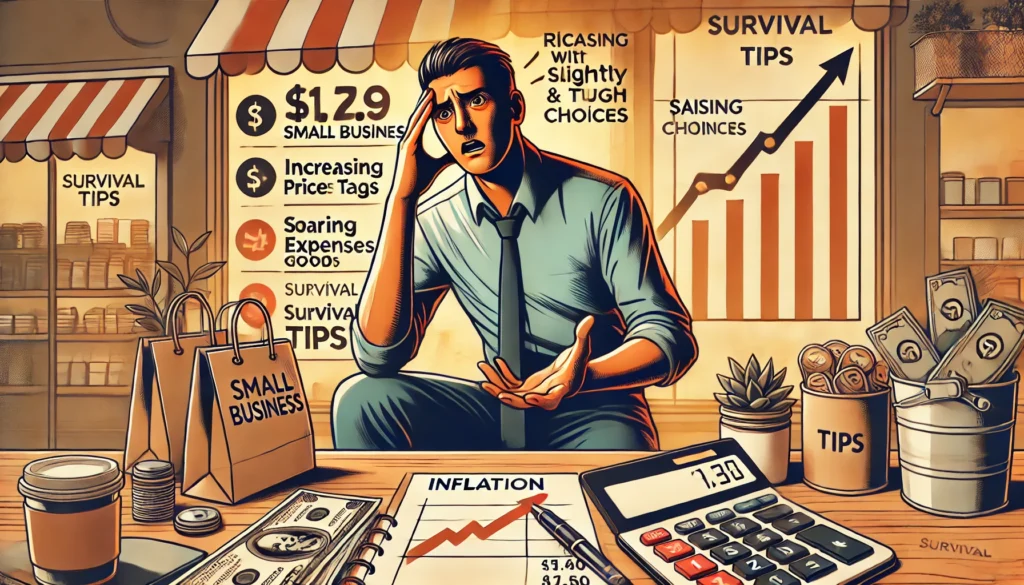Inflation is the uninvited guest that shows up, eats all the snacks, and leaves small businesses scrambling to make ends meet. When prices rise, everyone feels the pinch, but for small business owners, it’s a full-body squeeze. The cost of supplies goes up, rent climbs, wages demand a boost, and customers suddenly become budget-conscious ninjas dodging unnecessary spending.
So, what’s really going on? And more importantly, how are small businesses keeping their heads above water?
The Economic Squeeze: A Perfect Storm
Inflation doesn’t just appear out of thin air. It’s usually fueled by a mix of factors—supply chain chaos, labor shortages, rising production costs, and sometimes just a bit of good old-fashioned global instability. For small businesses, this means two things:
Everything costs more. From raw materials to utilities to that once-affordable coffee shop rent, price tags are ballooning. If you run a bakery, your flour and sugar cost more. Own a salon? Your hair products are eating into profits.
Customers tighten their belts. When the price of groceries and gas goes up, people start skipping luxuries. That means fewer date nights at local restaurants, fewer boutique shopping sprees, and more “I’ll wait until there’s a sale” thinking.
The Small Business Survival Playbook
So, how do small businesses keep the lights on when inflation is working overtime? Spoiler alert: it’s not easy, but there are strategies.
1. The Delicate Art of Pricing
Raise prices too much, and you scare customers away. Keep them too low, and you can’t cover costs. It’s a tightrope act. Many small businesses are tweaking pricing strategies—small, gradual increases instead of one big sticker shock, or offering “value” deals that maintain margins while keeping customers happy.
2. Cutting Costs Without Killing Quality
Some businesses negotiate better deals with suppliers, switch to more cost-effective materials, or find creative ways to cut waste. Others get strategic about labor—reducing hours, cross-training staff, or embracing automation where possible. The goal? Trim the fat, not the muscle.
3. Getting Creative with Revenue Streams
If the usual sales channels are underperforming, smart businesses look elsewhere. Think subscription models, online sales, digital products, or even renting out extra space. Adaptability is the name of the game.
4. Leaning on Community & Loyalty
People love their local businesses, and now’s the time to remind them. Many small businesses are ramping up loyalty programs, hosting events, and tapping into the “shop local” movement to keep customers engaged. A strong relationship with your community can be the difference between thriving and shutting down.
Looking Ahead: Hope or More Headaches?
Is there light at the end of the tunnel? Maybe. Inflation tends to run in cycles, and while no one can predict exactly when relief will come, businesses that stay flexible, innovate, and adapt are in the best position to ride it out.
In the meantime, small business owners continue to hustle, strategize, and—let’s be real—probably stress a bit. Inflation may be a beast, but if anyone knows how to fight for survival, it’s the scrappy entrepreneurs keeping Main Street alive.
Stay sharp, stay creative, and keep those doors open—because small businesses aren’t just part of the economy, they are the economy.


